Application of Huceen E7-200SMART PLC in Two-component Screw Dispensing Pump
![]() 2024-03-05
2024-03-05
![]() Huceen
Huceen
Introduction to two-component screw dispensing pump
With the rapid development of the modern electronics industry, packaging technology must adapt to electronic products that are thinner, denser, more reliable, have better electrothermal performance, and are more cost-effective. In recent years, fluid dispensing technology has occupied an important position in packaging. Single-component glue cannot guarantee bonding performance in extremely harsh environments. Therefore, the two-component dispensing technology used in metering and mixing of two-component glue is becoming increasingly popular. attracted widespread attention from the market.
The domestic dispensing market is developing rapidly, and there are a large number of viscose projects every year in chemical, energy, machinery, and other industrial fields. With the continuous expansion of the viscose field, higher requirements have been put forward for two-component mixed dispensing systems in terms of environmental protection, safety, precision, and reliability.
Features
The two-component glue metering device is a key component of the two-component glue dispensing equipment. Its main function is to supply the single-component glue before mixing to the mixing device at a certain flow rate and pressure. To ensure that the two-component glue can exert the best bonding performance, the metering device that controls the mixing ratio of component A and B glue must have higher accuracy, which will directly affect the subsequent mixing and preparation of the two-component glue. ratio, thus affecting the quality of industrial products.
The main function
There are three main methods of commonly used metering devices: gear pump metering, screw pump metering, and piston pump metering. The metering devices of gear pumps and screw pumps are both continuous metering pumps. The suction and discharge of fluid are performed simultaneously. The working process is smooth, pulsation-free, and has self-priming capability. Since the flow rate is affected by viscosity, a flow monitoring device needs to be set up to ensure accurate discharge volume; the piston pump metering device is a discontinuous metering pump. The suction and discharge of fluid are asynchronous. It can only be used in discontinuous production processes.
The traditional screw pump metering device uses a DC servo motor to drive the Archimedean screw to rotate in the cylindrical cavity. The force generated by the rotation of the screw acts on the fluid, causing the fluid to spirally discharge. The rotational motion of the fluid is converted into linear motion, and the fluid moves along the axis moves downward, and creates pump pressure. The metering principle is shown in Figure 1. The total flow rate of the fluid is the difference between the pressure flow and the resistance flow. The final flow rate at the pump port is mainly affected by the rotation force. The main factors that affect the rotation force are motor speed, pitch, groove width, and groove depth.
Static Mixing: Static mixing is done through a dedicated static mixing tube. The static mixing tube has no moving parts. Its basic mixing principle is to change the motion state of the glue through many mixing units fixed in the mixing tube to achieve the purpose of rapid dispersion and uniform mixing between the two-component glue. As shown in Figure 3, the static mixing device includes two metering devices A and B, and a static mixing tube. The two components of glue are fed to the glue inlets A and B respectively, proportioned through this metering device, and then mixed and dispensed through the static mixing tube.

Advantage
1. Uniform flow and stable pressure, especially obvious at low speed;
2. Has self-sealing ability;
3. Can transport glue containing solid particles;
4. The viscosity range of the conveyed glue is wide, from 1cP to 10^6cP, without changing the characteristics of the glue;
5. The flow rate is proportional to the rotation speed, and it is equipped with a motor that can adjust the rotation speed arbitrarily, making it easier to control the flow rate at the pump port;
6. The fixed installation position can be tilted arbitrarily, making it easy to embed into the automation system;
7. Small size, lightweight, easier to maintain.


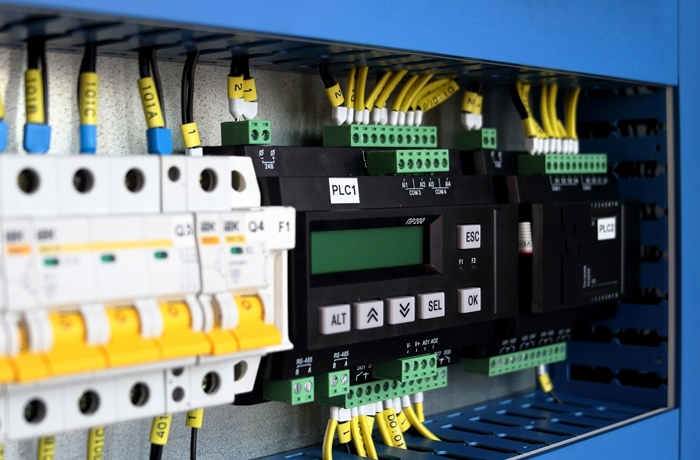
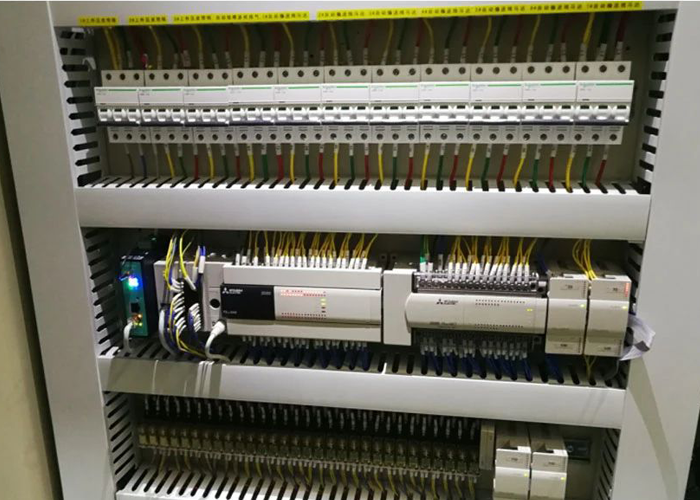
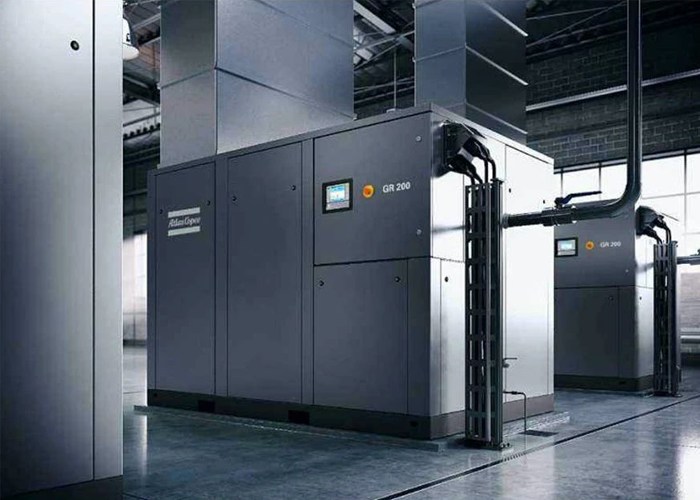
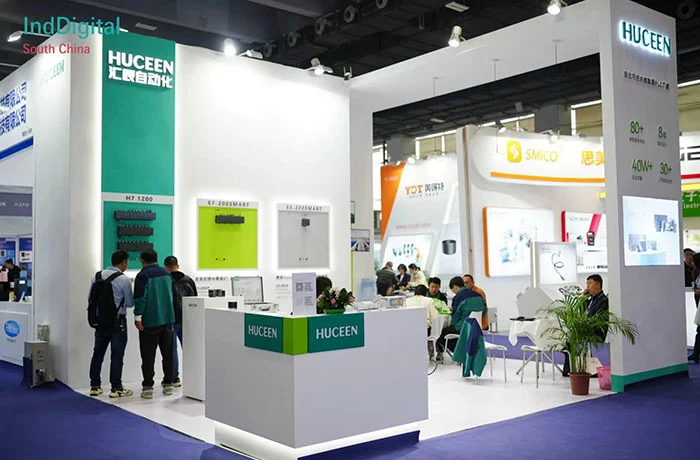
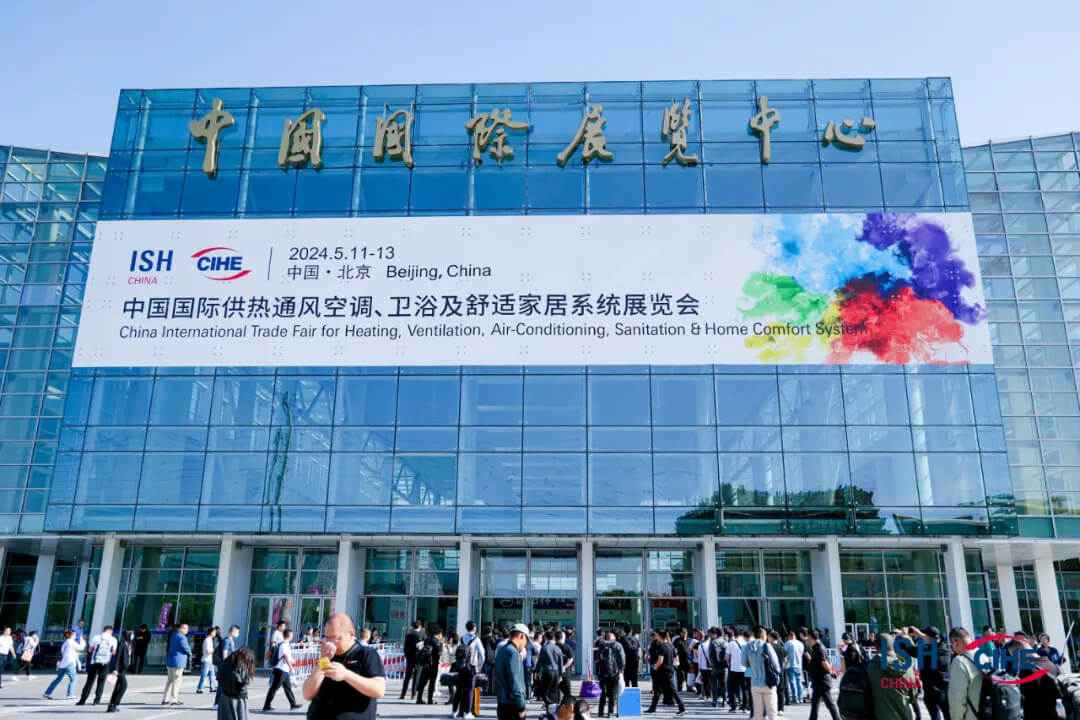

 +86 13713990149
+86 13713990149 sales@huceen.com
sales@huceen.com How to use PLC in spot welding machines
How to use PLC in spot welding machines 














